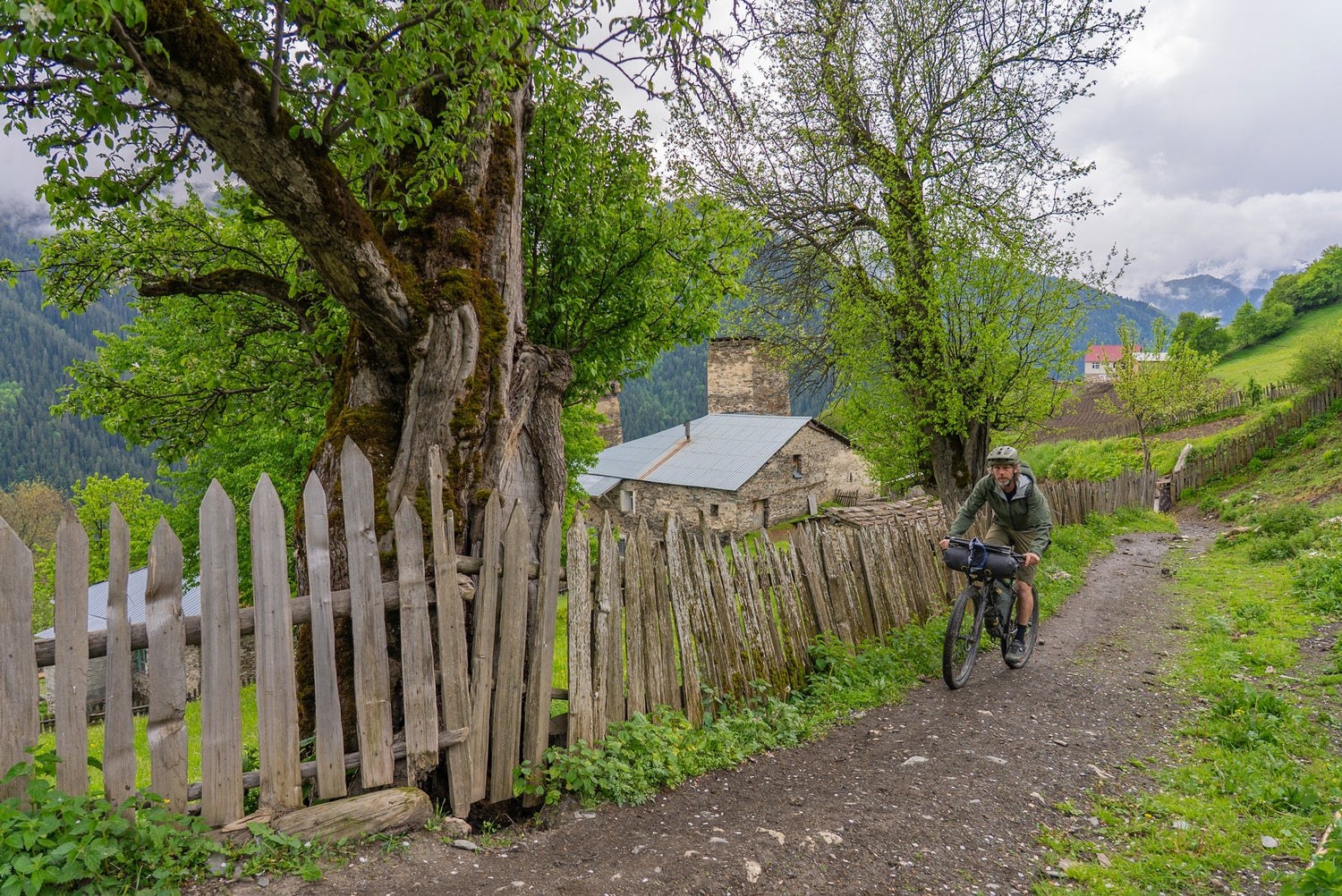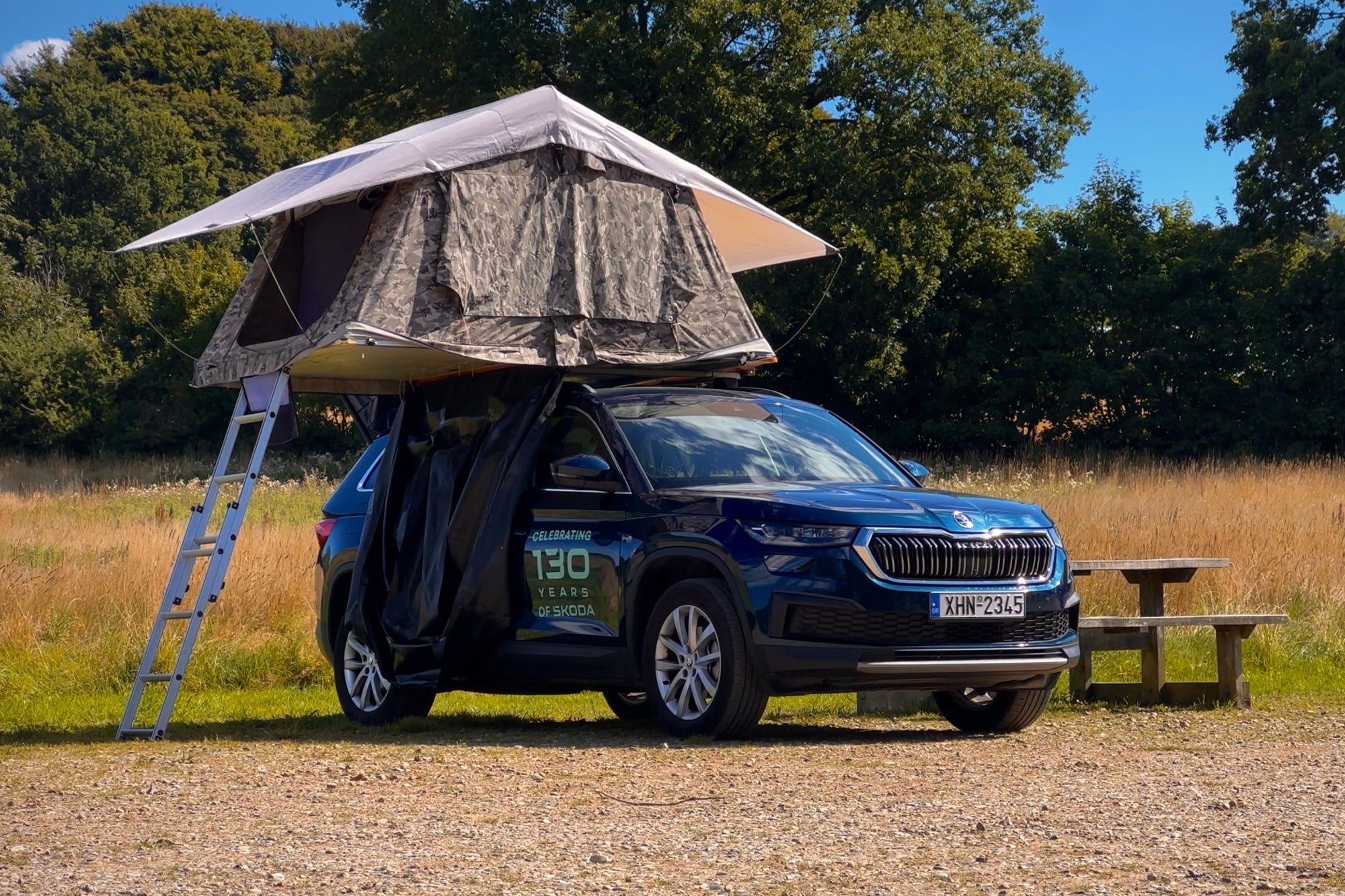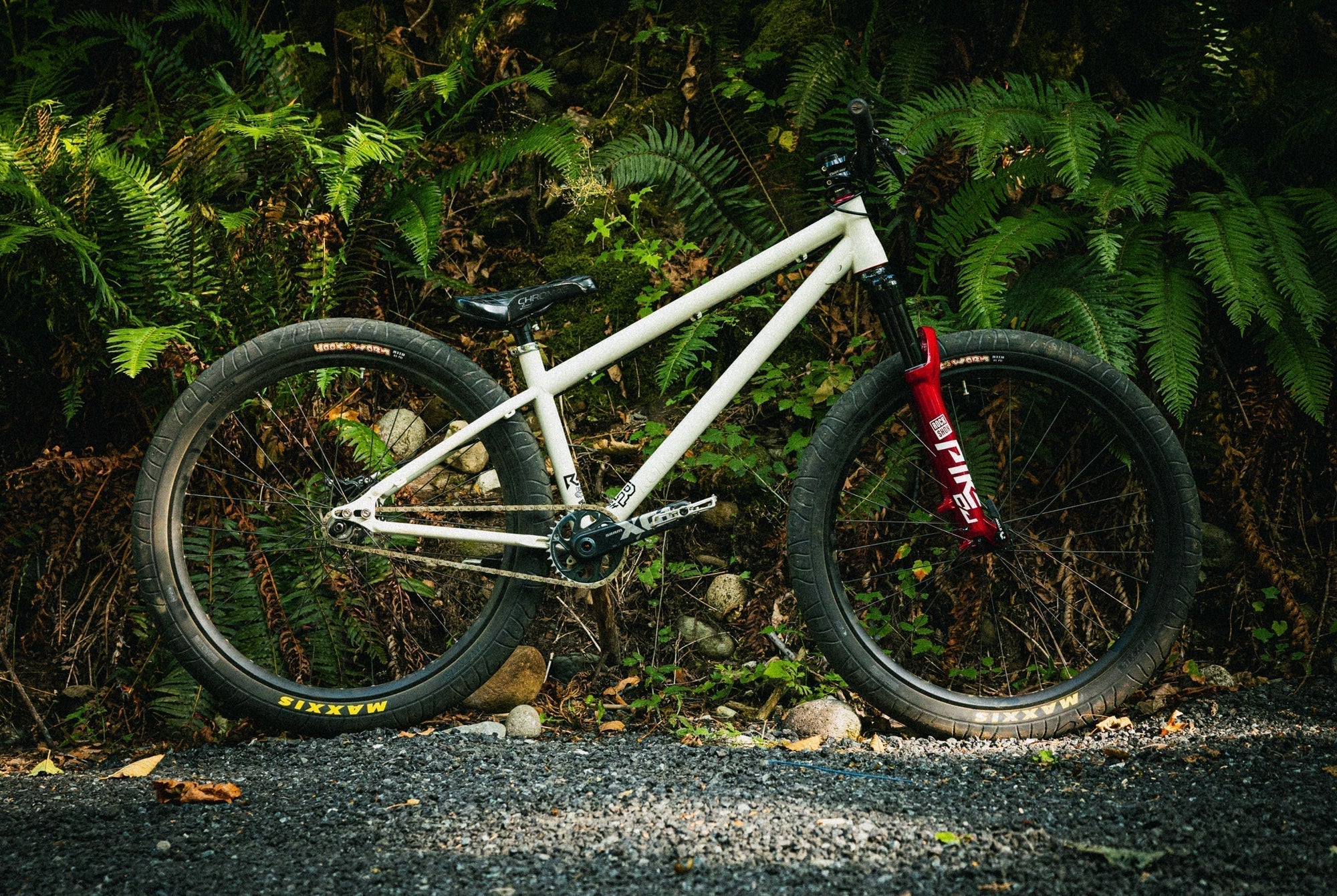
When New Zealand's winter sets in and the trails freeze over, filmmaker and photographer Ross Mackay looks for warmth, light, and new stories to chase. This past winter, he packed up his bikes, camera gear, and curiosity, trading New Zealand’s cold skies for Georgia’s rugged mountains and rich culture. What started as an escape from winter became a journey through ancient landscapes, wild weather, and the kind of hospitality that reminds you why travel by bike is the best way to see the world.
What started as an escape from winter became a journey through ancient landscapes, wild weather, and the kind of hospitality that reminds you why travel by bike is the best way to see the world.

When the Southern Alps winter settles in with its oppressive grey inversion and leaden skies, an escape to warmer climates is always welcome. Instead of enduring weeks of mood-dampening low cloud, we packed our bike boxes and flew to the other side of the world, to Georgia, a country we knew almost nothing about beyond promises of good food, friendly people, and beautiful bikepacking.


Georgia immediately revealed itself as a nation caught between worlds. In Tbilisi, 300-year-old crumbling buildings and narrow alleyways had a very European feel which sat alongside modern post-Soviet era development. This crossroads between Europe, Asia, and the Middle East wore its complex identity openly, creating a fascinating cultural corner.

The real Georgia emerged as we began cycling from Zugdidi into the mountains. Three days of continuous uphill riding was different from the shorter, punchy climbs of New Zealand. Yet this sustained effort proved meditative, allowing our minds to wander and settle into the rhythm of long-distance cycling as we passed through farming villages and landscapes dotted with 10th-century Svan towers, climbing deep into the ancient region of Svaneti in the Upper Caucasus Mountains.

Surprisingly, many roads that cycling blogs had described as rough gravel or dirt tracks just years earlier had been freshly paved with concrete, reflecting Georgia's infrastructure investment. Still, plenty of alpine singletrack remains for the adventurous crew willing to get off the beaten path.



The Georgian people in the Upper Caucasus initially presented stern, almost Soviet-era facades, but these masks quickly dissolved into genuine warmth when they figured out where we were from and what we were up to. Car horns that seemed aggressive were actually cheerful greetings, and drivers consistently showed courtesy to us, who were clearly a novelty for them. The warmth of the Armenian people in the south was a contrast to the northern population and made for some classic interactions.

Local hospitality proved legendary and authentic, with guesthouse owners frequently providing beautiful home-cooked meals, sometimes accompanied by homemade wine or the potent local moonshine, cha-cha. We accidentally crashed an Armenian wake, which resulted in being welcomed in and fed traditional Armenian dishes.

Georgia's most striking feature was its temporal confusion. Ancient agricultural practices, farmers with horses and wooden ploughs, elderly women in traditional dress planting by hand, and shopkeepers using abacuses coexisted with obvious wealth displayed through expensive European cars. Ironically, 80 percent of these status symbols were missing their front ends, retaining only the license plate, headlights, and turn signals.


The country's relationship with nature remained refreshingly symbiotic. Rather than maximizing productivity, Georgians prioritize quality, resulting in flavorful, tasty produce. The prolific bird life reminded us of New Zealand's lost dawn chorus.


Georgia's geography between the Caspian and Black Seas creates dynamic weather patterns. Wind and thunderstorms frequently build through the day, and one morning storm chased us up a mountain pass, resulting in a thorough soaking on the 2,000-meter descent, despite full rain gear.


Our canine companions proved memorable. Dogs of all mongrel breeds and sizes joined us for a trot of up to 30 kilometers. This ragtag team of scruffs was always friendly enough, though encounters with the enormous professional guard dogs, the fierce Tushetian sheepdogs adorned with their nail-studded collars high in the Lesser Caucasus, required more caution.

Georgian cuisine consistently amazed us: massive broth-filled dumplings, freshly baked khachapuri, warming beef stews, and endless cucumber-tomato salads. I’m sure we left heavier than when we arrived. Children regularly emerged from the fields wanting selfies and English practice opportunities, while lunch stops sometimes attracted groups of curious, friendly locals watching us eat.

Georgia delivered everything we’d hoped for and more. The combination of jaw-dropping mountain scenery, deep historical complexity, genuine human warmth, and exceptional food created an experience that is unforgettable. This big, high, beautiful place of extremes and compelling contradictions has captured our hearts, and we’ll be back in the future to explore more of this remarkable country that sits at the crossroads of civilizations.





